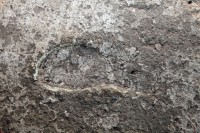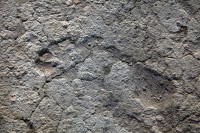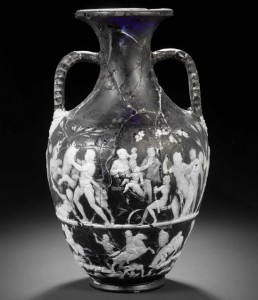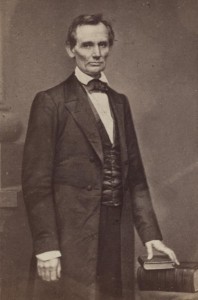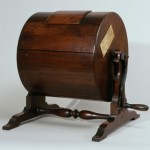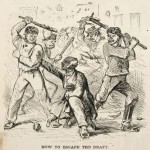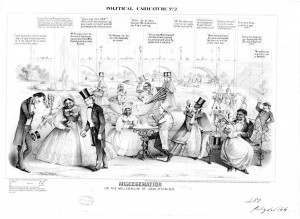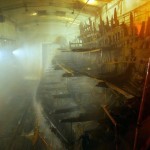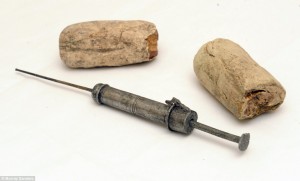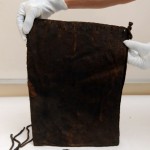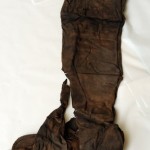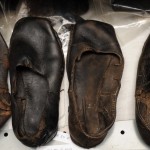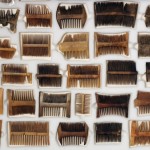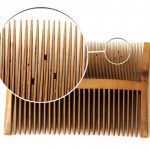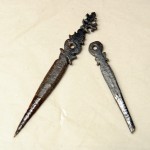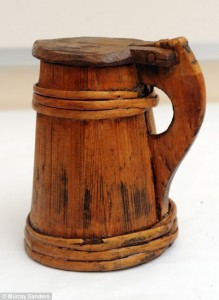 An unsigned chalk, ink and pencil portrait of a Renaissance beauty known as “La Bella Principessa” (the beautiful princess) has been attributed to Leonardo using a method more commonly associated with police procedural dramas: fingerprint analysis.
An unsigned chalk, ink and pencil portrait of a Renaissance beauty known as “La Bella Principessa” (the beautiful princess) has been attributed to Leonardo using a method more commonly associated with police procedural dramas: fingerprint analysis.
Forensic expert Peter Paul Biro found the fingerprint and partial palm print on the canvas and matched it to a fingerprint found on Leonardo’s “St. Jerome in the Wilderness” in the Vatican.
Biro examined multispectral images of the drawing taken by the Lumiere Technology laboratory in Paris, which used a special digital scanner to show successive layers of the work.
“Leonardo used his hands liberally and frequently as part of his painting technique. His fingerprints are found on many of his works,” Biro said. “I was able to make use of multispectral images to make a little smudge a very readable fingerprint.”
Alessandro Vezzosi, director of a museum dedicated to Leonardo in the artist’s hometown of Vinci, Italy, said Wednesday he was “very happy” to hear about the fingerprint analysis, saying it confirmed his own conclusion that the portrait can be attributed to Leonardo with “reasonable certainty.”
This is great news for the Swiss collector who owns the piece. He bought it for a ridiculously low sum last year when Christie’s sold it as an anonymous 19th c. German school piece.
If the attribution holds, this will be the first new Leonardo to be discovered in over a hundred years. It could be valued at something in the neighborhood of $150 million. Bought for $19,000, sold for $150 million. I doubt there’s ever been a better return on investment in the art world.
Needless to say, Kate Ganz, the New York art dealer who bought the portrait in 1998 for around the amount she sold it to the Swiss collector for 9 years later, insists that this new information doesn’t change anything. As far as she’s concerned, it’s absolutely not a Leonardo la la la I can’t hear you.
I can’t say I blame her for sticking her head in the sand. How do you sleep at night after having had something so beautiful, so precious in your hands for a decade unrecognized, only to give it away at cost?
